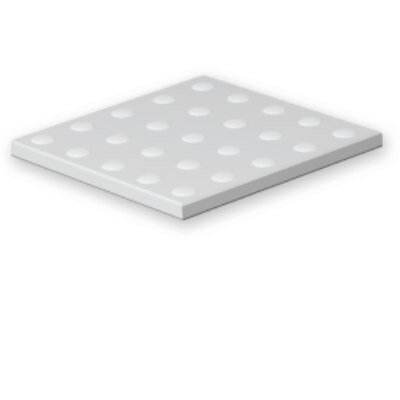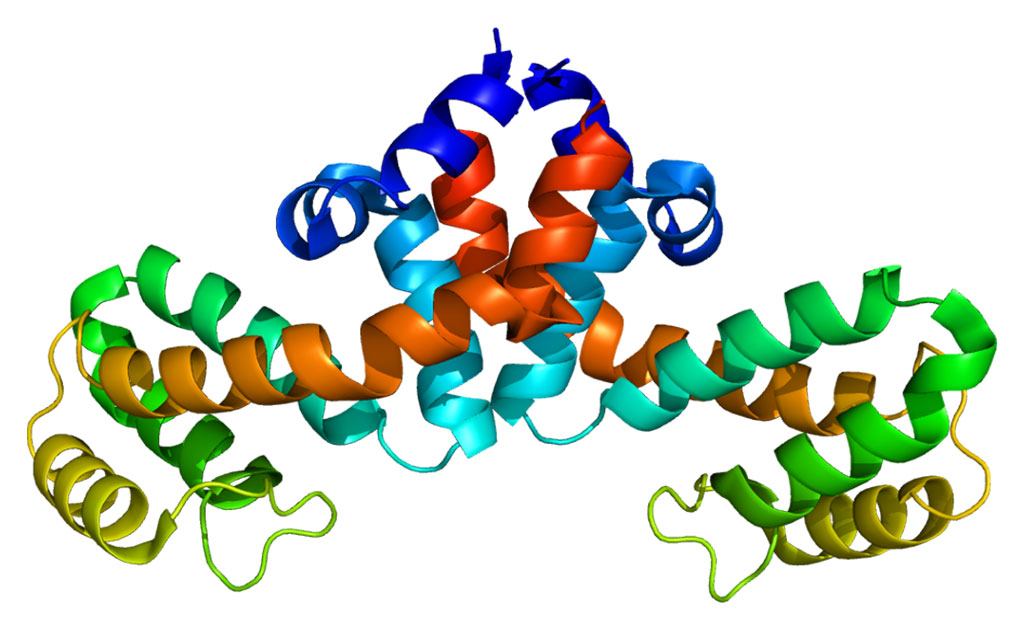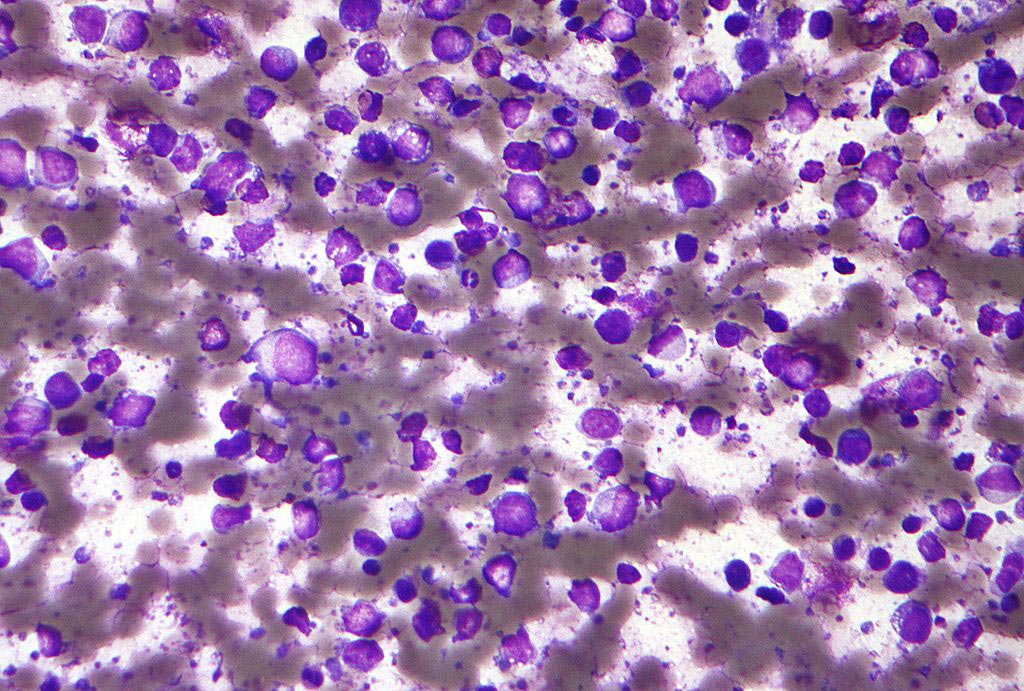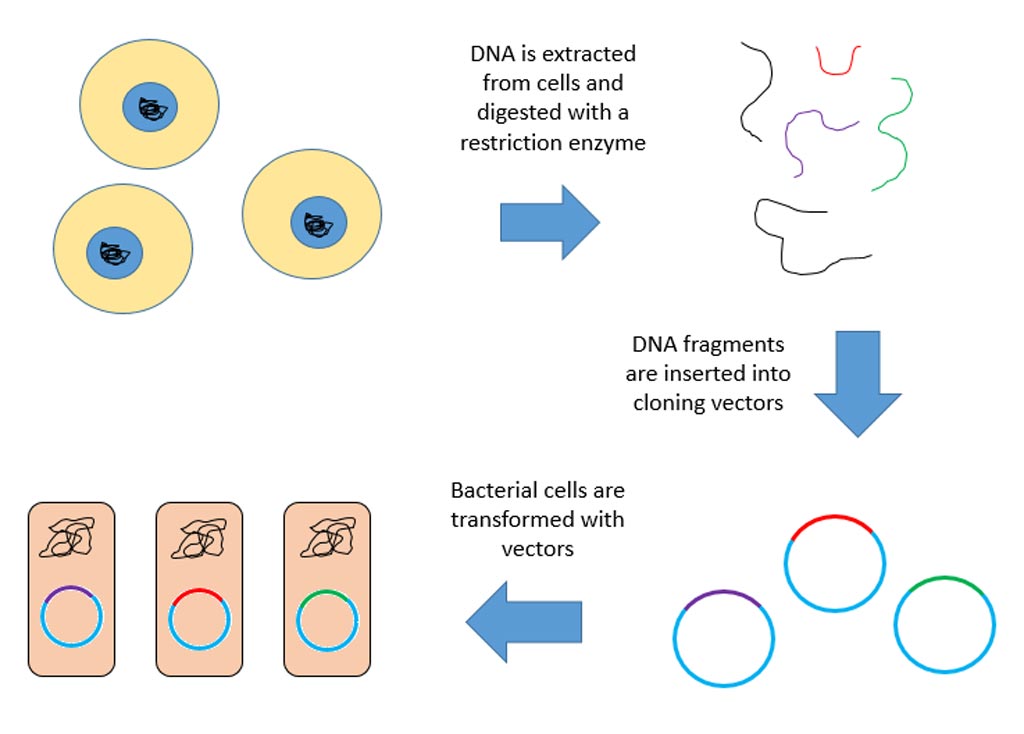Spread of MRSA Linked to Readily Transferred Genetic Element
By LabMedica International staff writers
Posted on 30 Apr 2012
A recent paper demonstrated the key role played by a rare mobile genetic element in the spread of methicillin-resistant Staphylococcus aureus (MRSA).Posted on 30 Apr 2012
MRSA is any strain of S. aureus that has developed resistance to beta-lactam antibiotics, which include the penicillins (methicillin, dicloxacillin, nafcillin, oxacillin, etc.) and the cephalosporins.
In a recent study, investigators at the [US] National Institutes of Health (Bethesda, MD, USA) worked with MRSA clones containing what had been assumed to be an extremely rare mobile genetic element–encoded gene, sasX. However, they reported in the April 22, 2012, online edition of the journal Nature Medicine that after analyzing 807 patient samples from three Chinese hospitals they had found that sasX was more prevalent in MRSA strains from China than previously thought. The gene's frequency was increasing significantly: from 2003 to 2011, the percentage of MRSA samples containing sasX almost doubled, from 21 to 39%.
Experiments conducted with cell cultures and with populations of laboratory mice showed that sasX had a key role in MRSA colonization and pathogenesis, substantially enhancing nasal colonization, lung disease, and abscess formation and promoting mechanisms of immune evasion.
The investigators stated that their results vindicated the theory that the emergence of new clones of highly virulent MRSA occurs through horizontal gene transfer, the exchange of DNA between different strains. This was evidenced by observations of transfer of sasX from the ST239 Chinese strain to MRSA clones other than those belonging to this group.
Senior author Dr. Michael Otto, an investigator at the [US] National Institutes of Health, predicted that the frequency of sasX would increase internationally. Plans have been prepared monitor its spread and to develop therapeutics to limit the damage caused by sasX-expressing MRSA strains.
Related Links:
National Institutes of Health













